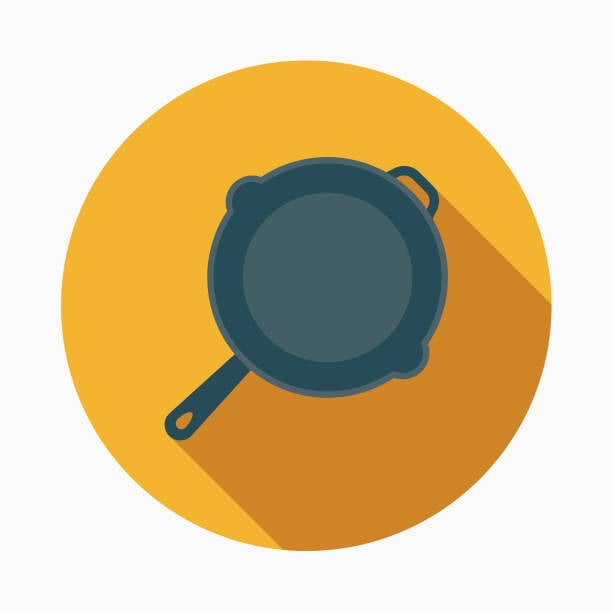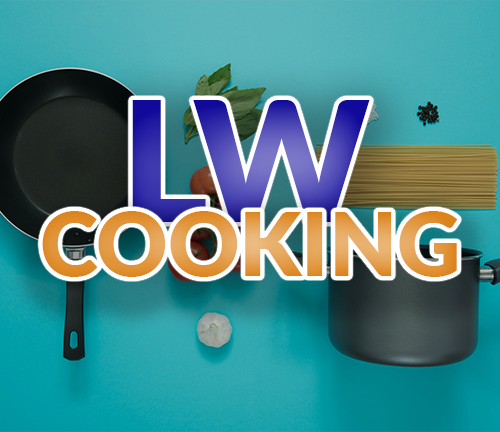

Personally, I’d just keep cooking with it. I wish someone had told me that when I was getting started with carbon steel. In my experience, keeping the seasoning visually even across the pan is much harder on carbon steel than cast iron. I was restarting constantly because it would look splotchy, but eventually gave up on that. As long as it performs fine and there’s no rust, there’s nothing to worry about. Eventually it’ll all even out.






This was happening to me until I repatched and reinstalled the app. I didn’t change anything between installs so I’m not sure what happened.